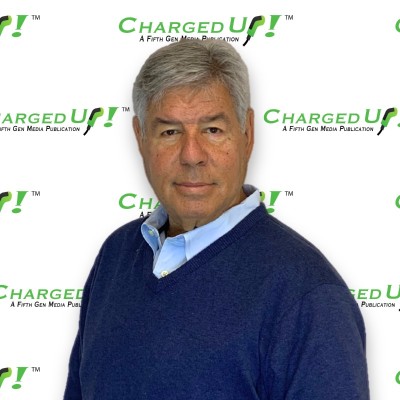Call the Utility First: Make Grid Connections Easy Before They Get Hard
- Rich Berliner

- Oct 14
- 3 min read
Great EV projects stall at the same point: the utility hookup. Small fleets line up vehicles. Apartment managers want resident charging. Retailers and small businesses see customer demand—and then the interconnection maze turns weeks into months and budgets upside down. You don’t need to be a utility engineer to fix this; you need a repeatable playbook that de-risks the path to power for any small site.
CleanTechnica recently spotlighted a simple roadmap aimed at the customers who struggle most with energization—small fleets and multifamily housing. The same lessons apply to retail and small business locations where a handful of ports can drive sales, loyalty, and dwell time. Below, we’ve adapted those steps for general managers and investors.
Step 1: Hand People a Simple Playbook—Before Anyone Buys Hardware
Most delays happen because owners don’t know what the utility or city will ask for. Give your team (or ask your utility to publish) a plain-English checklist: site plan template, who files what, expected costs by scenario, and a realistic timeline. For apartments and small businesses, link to a basic primer like DOE’s multifamily charging page or the EVI-X Toolbox so non-engineers understand the sequence—Assess power, pick locations, confirm tariff, then order gear.
Why it matters: Expectations kill or save projects. A one-page guide keeps investors, store managers, and your installer aligned from day one.
Step 2: Ask Utilities for Transparency—and Use Their Programs
Utilities are improving but many still run bespoke processes for small projects. Push—politely—for published steps, average timelines, and a single point of contact. Where available, enroll in make-ready programs so the utility funds or shares the service drop, transformer work, or conduit—there are dozens of active offerings across the U.S. (EEI tracks them; New York’s statewide make-ready is a good model).
Why it matters: Clear milestones—and someone else paying for the trench—can be the difference between a quarter and a year.
Step 3: Bring City Hall and Your Trades In Early
Permits, inspections, and easements are real bottlenecks for all small sites. Ask your city (the AHJ) to standardize submittals and adopt EV-ready templates from programs like Charging Smart or IREC’s energization roadmap. Request an EVSE walk-through with inspectors so everyone agrees on ADA layouts, bollards, and signage once—and reuses that pattern across locations.
Why it matters: Most delays are procedural, not technical. Aligned templates turn red tape into routine.
Step 4: Stay With the Customer After the Ribbon-Cutting
“Energized” isn’t “done.” Schedule a 90-day tune-up: check that billing matches the tariff you intended, turn on managed charging (so a busy Saturday doesn’t trip a nasty demand charge), and confirm residents, employees, or shoppers can actually start a session on the first try. Keep an eye on time-of-use (TOU) rate options; off-peak charging can materially reduce costs for apartments and small businesses that charge overnight.
Why it matters: Most savings—and most headaches—show up after go-live. A short feedback loop protects your P&L and your reputation.
Quick Wins for Retail, Small Business, Fleets, and Apartments
Right-size now, pre-wire for later. Pour trench and pads for expansion; energize fewer ports today. Low cost now, big flexibility later. (Utilities often co-invest through make-ready programs.) EEI
Cap your peaks. Ask your software or EPC for a demand cap profile that staggers charging at set kW limits. NREL’s DCFC economics show peak power and retail rates are profit killers—control them.
Pick a tariff you can live with. TOU can make L2 at apartments and small businesses dramatically cheaper; educate staff and residents to shift charging off-peak.
Standardize your packet. One set of drawings, ADA layouts, and spec sheets reused across properties cuts permitting time and rework. Charging-Smart style templates help.
Why This All Matters Now
Two maps tell the story: electricity prices by state and gasoline prices by state. They don’t move together, and your local “fuel stack” shapes customer behavior—and utilization—at each site. Meanwhile, the U.S. Energy Information Administration expects U.S. electricity demand to set new records in 2025–2026 as data centers and electrification grow, which strengthens the case for rate-aware design and proactive load management at every size of project. Use public tools like the ones linked here to set local assumptions and keep your board conversations grounded.
Bottom Line: Plan for Power Like It’s Part of the Product
Whether it’s a four-bay retail lot, a 12-port apartment garage, a small business with two wallboxes, or a last-mile fleet yard, the same four steps apply—and credit to CleanTechnica for surfacing them: Give people a simple playbook, insist on a transparent utility path, enlist your city and trade partners early, and stick around after turn-on to optimize rates and operations. Do all of these things, and your sites won’t get stuck in the queue just as demand rises.






Comments